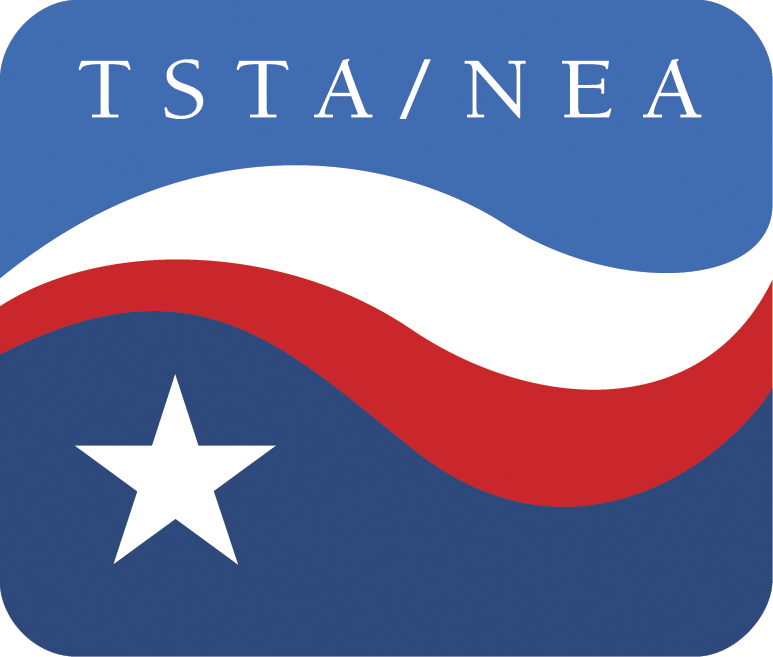From Austin to China: summer school and subway diplomacy
Education Austin and TSTA member Kelly Long just completed a summer school of sorts in China, summer school mixed with international subway diplomacy, and my family and I got to participate. It was a nice, educational break between the absurdity of the recent legislative session and the potential disaster of the special session coming up.
For several years now, Kelly, who teaches Chinese at Anderson High School in Austin ISD, has been organizing these summer excursions to give hand-picked high school students an opportunity to practice their Chinese language skills in a real-life, person-on-the-street setting.
This year, she also invited my daughter Caroline’s fifth-grade Chinese immersion class and the fourth-grade immersion class at Doss Elementary School, an Anderson feeder, to participate, and four Doss families accepted her offer. We paid our own way, but Kelly organized, booked and led the two-week, five-city trip. She was assisted by Doss Principal Janna Griffin, who was making her first trip to China, and Doss Chinese immersion teacher Connie Soong.
The group included about 30 people, including 16 high-schoolers.
Our tour included a few chartered bus rides and visits to tourist attractions such as the Forbidden City and the Great Wall, but it wasn’t really a vacation. This was a moving classroom for the students, and a lot of physical exercise for students, educators and parents alike.
Our primary modes of transportation were city subways, public bus systems and our own two feet, as the students followed Kelly’s written (in Chinese) instructions to find their way (without her help) to designated destinations in Shanghai, Changzhou, Nanjing, Beijing – wherever we were on a particular day – and accomplish assigned goals, such as identifying and buying specific items at a market or locating selected exhibits in a museum.
Although much of the transportation signage, especially in Shanghai and Beijing, was in English as well as Chinese, the idea was to force the kids to practice their reading and verbal Mandarin skills. Many times, they had to stop and ask directions from strangers on the street or at the subway stations, people who spoke only Chinese.
This was a particularly big challenge for 11-year-old Caroline and her soon-to-be middle-school classmates – Henry Ward, Zoe Huels and Alissa Laves – but they proved to be more than ready for the task. While in Changzhou, they attended classes in a public school for one whole day and parts of two others while their parents, I confess, took a breather in Starbucks, where the currency was Chinese yuan but the prices were American.
This was Caroline’s first return to the country of her birth since my wife, Jena Heath, and I adopted her as a two-year-old nine years ago. Caroline was nervous about the trip before we left, apparently concerned that her level of Chinese would prove insufficient. But once she hit the streets of Shanghai, our first stop, and succesfully ordered our first night’s dinner from a menu written entirely in Chinese characters (without photos of what she was ordering) her confidence noticeably improved.
Soon, Caroline and her classmates were leading their parents through the streets and subway systems of huge Chinese cities as we adults struggled to keep up, fearing we would be lost without the kids. And we would have been.
Caroline helped give directions to cab drivers and asked desk clerks for extra towels. In Changzhou, she asked a hotel doorman for ice for a sore knee, taking care to differentiate, in Mandarin, that she was seeking ice, not ice cream. And, about 15 minutes later, we were delivered a block of ice.
Anyone who still thinks our public school educators spend their entire summers lounging around at the beach or keeping their feet propped up in front of a TV screen had better not suggest that to Kelly Long, Janna Griffin or Connie Soong – or to the thousands of other Texas educators who spend their summers teaching more conventional summer school classes, taking professional development courses and/or working extra jobs to meet family budgets.
We were in Nanjing a couple of weeks ago when the Texas Education Agency released the latest round of STAAR scores, and from half a world away Janna sat down to prepare and email a report to Doss parents.
